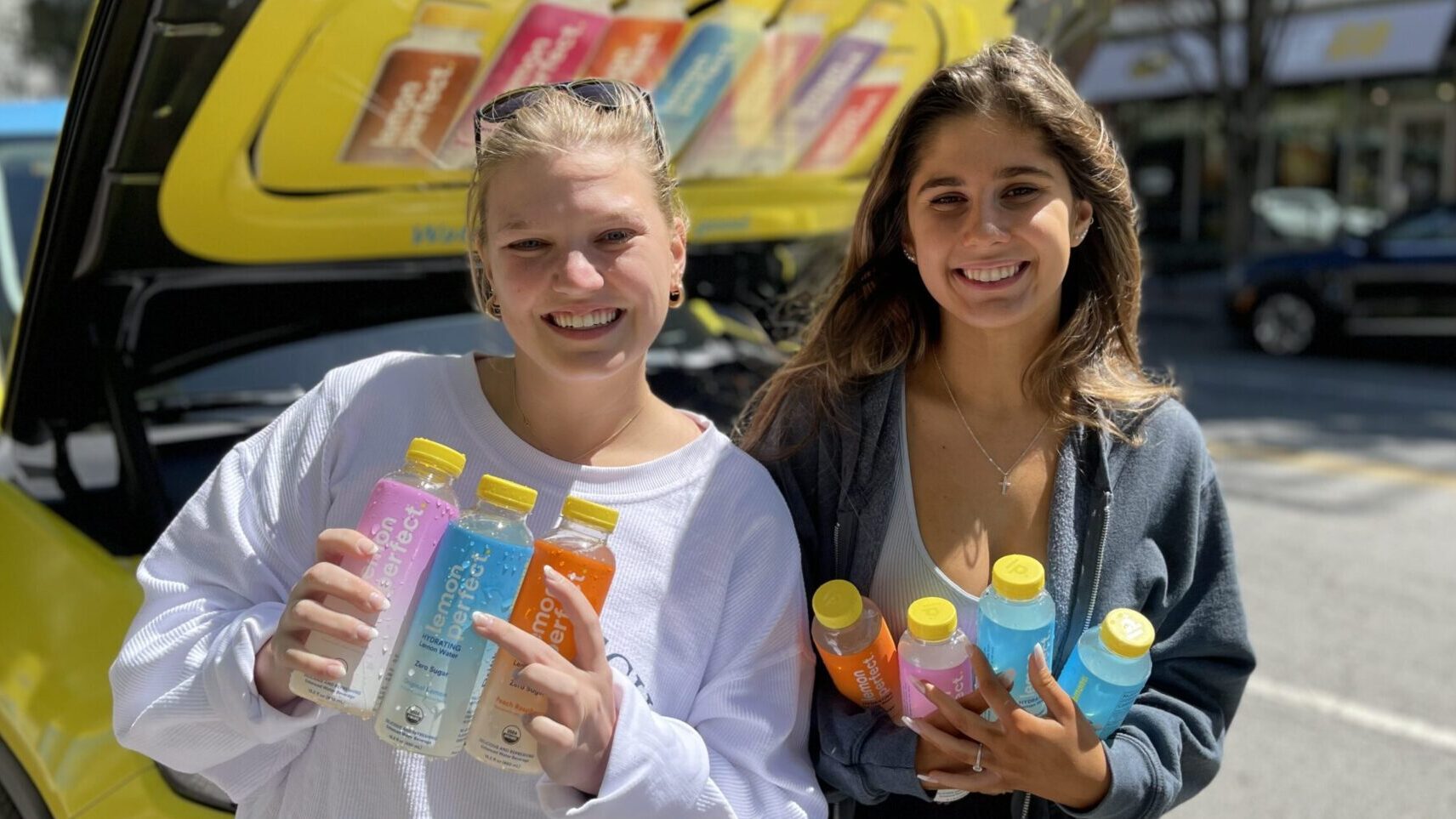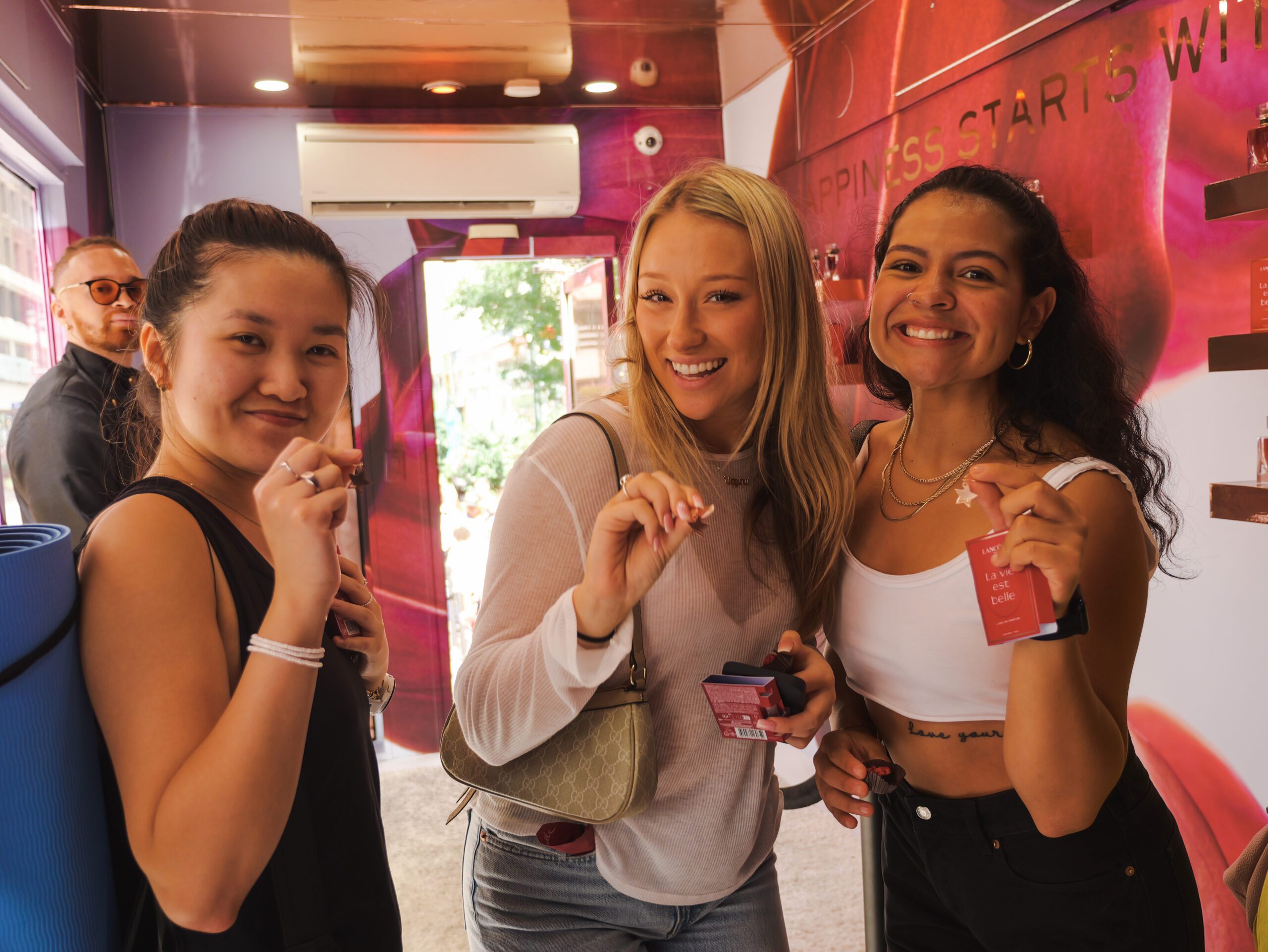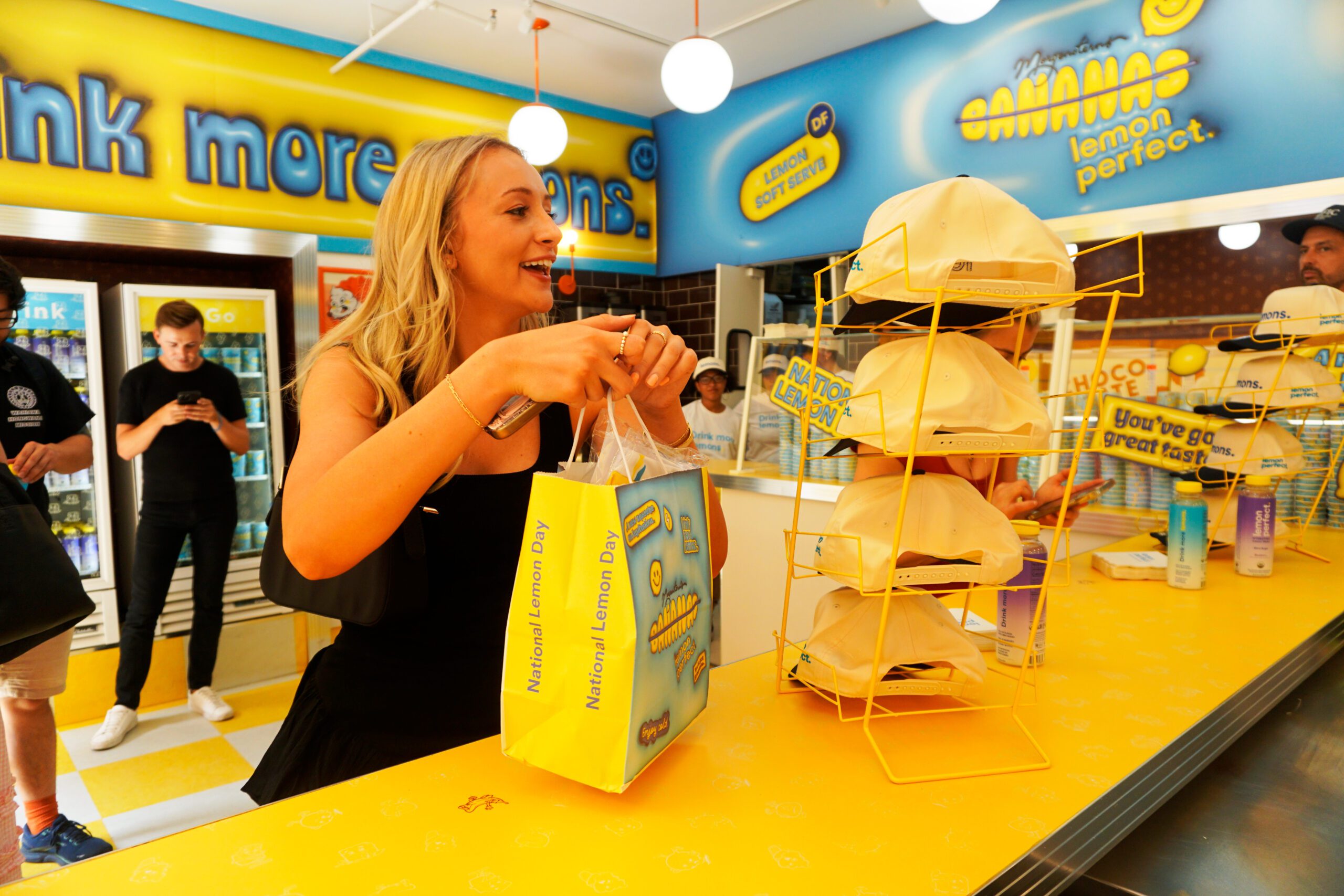
- Demographics & Analysis
Maximize Event Success with Attendee Personas
Personas can be powerful tools to shape the design of your brand activation, pop-up, or other event. Well-crafted, well-researched personas give a face (or several) to your target audience, helping you design an event that reflects the audience’s needs, interests, and motivations. “To promote your events, you must be well-informed and aware of your buyers,” says a recent blog post by Manno Notermans. “A detailed buyer persona can bring life to your event marketing strategy and help you craft more positioned content.”
Why Personas Are Important
Here are some specific ways personas can help you create a successful activation:
Creating a Targeted Experience
Based on market research and your own customers, “a buyer persona gives you a snapshot of your ideal customers based on your research to represent the different user types that might be interested in your event,” says Notermans. This allows you to tailor activities, messaging, and the overall experience to resonate with them.
Building Personalized Content
Personas help you truly understand your target audience, which is a condition for creating personalized content, says a Hubspot blog post. And personalization is key to successful marketing: “Customers appreciate personalization, as 96% of marketers say it increases the likelihood of buyers becoming repeat customers and 94% say it increases sales.”
Crafting Messaging
Personas help you “gain information and perspective you need to craft your event message,” says Notermans. You can tailor the language, tone, and visuals of your activation materials to connect with each persona’s interests and pain points.
Choosing Activities
By understanding their preferences and motivations, you can choose activities that align with what they’re looking for in a brand activation.
Allocating Resources
Personas can help you allocate resources effectively because they help you figure out what’s important to your audience. You can prioritize activities and elements that are likely to resonate most with your target personas, maximizing the impact of your activation.
Developing New Products
The insights you gain from building personas don’t just help your marketing efforts — they can also contribute ideas in your product design and development process. Let’s say you own a kitchen utensil brand, and your research reveals that your ideal customer lives in the South, where people spend more of the year grilling outdoors. “This could present an opportunity to develop and offer grilling utensils or improve your kitchen utensils so that they work in both indoor and outdoor cooking environments,” Hubspot says.
Persona Research
Personas help you understand the interests, needs, and motivations of your ideal attendees — the group or groups of people your product best serves. That understanding begins with thorough market research.
Demographic Data
Begin your research by gathering information about your target audience like demographics, interests, and motivations. “Utilize social media, industry blogs, and forums, as well as surveys and questionnaires,” says a cortevents.com blog post. Here are some key bits of information to look for, according to Notermans:
- Age
- Gender
- Location
- Occupation
- Income level
- Education
- Psychographic traits
- Interests/hobbies
- Values/beliefs
- Lifestyle choices
Much of the demographic data you’ll need is available from website and social media analytics, but remember that your sales data, customer reviews, customer comments and CRM database contain tons of useful information such as geographic location and product preferences.
If you’ve done customer surveys (and you should!), gather any demographic information gained through that process. Use sales data to identify your best or most frequent customers — the people most likely to participate in other research like surveys or interviews.
Surveys and Interviews
Surveys can be an invaluable source of trustworthy information because it comes directly from your customers and prospective customers. Creating an effective survey doesn’t require specialized knowledge, Noterman writes, “but for effective survey questions that drive results, you need to learn the right ways and techniques.”
Like surveys on steroids, one-on-one interviews are a gold mine of information, and the one-on-one format allows the interviewer to ask followup questions to identify motivations and create a richer customer profile.
When building a list of people to interview, start with your customers. “Your existing customer base is the perfect place to start your interviews because they’ve already purchased your product and engaged with your company,” Hubspot explains. An added bonus: at least some of your customers are likely to closely resemble your target personas.
When conducting any type of research that requires effort from the subjects, consider offering an incentive for participation to boost your participation rate.
Analyzing the Data
Review and analyze the quantitative and qualitative data you’ve collected. Look for patterns in age, sex, profession, behavior, interests, pain points, motivations, and any other characteristics your data includes. Patterns will help cluster common characteristics that co-occur, which will form the basis of your brand’s personas.
Drafting the Personas
As you begin to notice characteristics that co-occur, such as age and geographic location, or gender and most-purchased products, use these patterns to fill in demographic profiles that form the basis of the personas. Get your team involved: Involve different departments (marketing, sales, event planning) in the persona creation process to get a well-rounded perspective.
Putting Personas on Paper
The easiest way to do this is to create or download a template — essentially a form — for filling in those characteristics of your personas. Hubspot and MailChimp, among many other websites, offer free persona templates or examples, but your templates can be as simple as listing age, gender, location, and other information, then naming the “person” you’ve begun sketching out. Naming your personas serves two purposes: (1) it gives you and your team a kind of shorthand for referring back to these personas and (2) it helps flesh them out and make them feel “real,” which will help you backfill other characteristics and traits. This can be as basic as identifying the demographics of your “average” customer — the point is to start clustering traits according to what the data tells you. Consider adding a photo or image to each persona to make them more relatable. How Many Personas?
Keep in mind that it’s better to have a few well-crafted, detailed personas than a larger number of vague, generic ones.
Creating Scenarios & Journeys
Once you have some loosely drafted personas, refer back to data and survey/interview responses to create scenarios — such as visiting your website to make a purchase, or attending your brand activation — and motivations. Ask additional questions about your personas — do they prefer digital or physical experiences? Communication via email, social media, phone, or some other means?
For the purposes of planning your experiential marketing, use the data to determine what type of experiences resonate with each persona. Using the persona’s age, determine what generation they are; much market research has already been done on Boomers, Gen X, millennials, and Gen Z, which will allow you to fill in additional characteristics. Do they prefer photo booth interactions like Gen Z, or do they have a soft spot for nostalgic references like Gen X?
Finally, map out the customer journey for each persona. What is the path to purchase for each persona? What are the key engagement touch points and conversion opportunities? What information or engagement do they need to make a decision?
Designing Your Activation
Now that you’ve built these personas, how can you use them to design an event?
Working with what you know about your personas’ unique motivations and preferences, tailor event themes, messaging, and activities to suit those preferences.
Consider how each persona would experience and interact with your activation:
- Which activities would resonate with them?
- What messaging would be most relevant to their needs and interests?
- How can the activation experience address their pain points?
Measuring Success & Refining Personas
Measure the success of your event as you would any other, and use feedback from attendees to refine your personas. Engagement metrics or conversion rates can further assess the effectiveness of persona-driven activations.
Personas are valuable tools for designing brand activations that resonate with your target audience. By understanding their motivations and preferences, you can create a more targeted, engaging, and impactful experience that leaves a lasting positive impression.
Promobile Marketing is a dynamic experiential marketing agency based in New York City. For over a decade, Promobile Marketing has collaborated with a range of brands—from budding startups to major CPG brands—on immersive marketing campaigns. Get in touch to discuss your next project.


